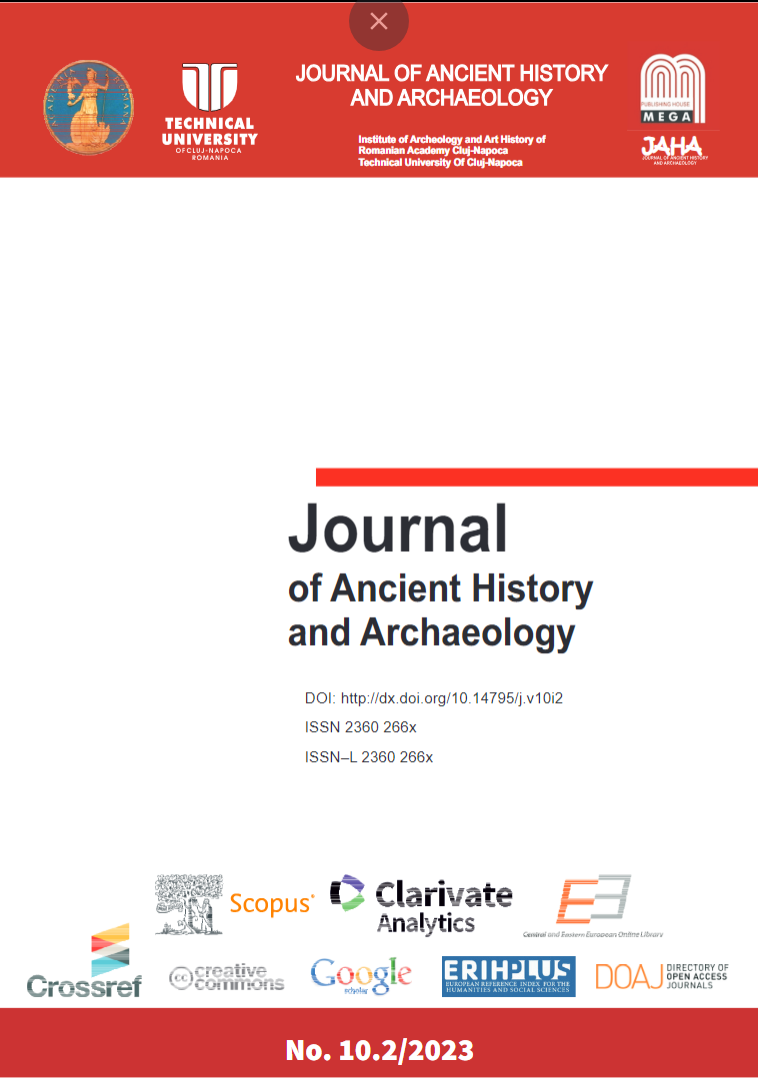IDENTIFICATION OF ANIMAL RESOURCES FROM THE DOBROVĂȚ-LA LIVADĂ LATE IRON AGE SETTLEMENT (4TH-3RD CENTURIES BC)
IDENTIFICATION OF ANIMAL RESOURCES FROM THE DOBROVĂȚ-LA LIVADĂ LATE IRON AGE SETTLEMENT (4TH-3RD CENTURIES BC)
Author(s): Daniel Malaxa, Alexandru BerzovanSubject(s): History, Archaeology, Cultural history, Historical Geography, Ethnohistory, Ancient World
Published by: Editura Mega Print SRL
Keywords: Zooarchaeology; Taphonomy; Animal husbandry; Hunting; Late Iron Age; Moldavian Plateau;
Summary/Abstract: The material comes from the Late Iron Age settlement of Dobrovăț-La Livadă in Iași County and represents food waste presenting butchering, burning, and disarticulation marks. Considering the total number of specifically identified mammals, 90.36% of them belong to domestic mammals and the rest of 9.64% belongs to the only identified wild mammals – Sus scrofa and Cervus elaphus. Estimating the slaughter ages provided little data, both due to the high degree of bone fragmentation and the small sample size studied. Based on the meat yield, domestic cattle provided the largest part of the amount of meat (89.63%). Wild boar is the next meat provider with a share of 4.61%, while due to their small size, the sheep/goat group and the domestic pig offered the lowest amounts of meat (3.20% and 2.56% respectively).
Journal: Journal of Ancient History and Archaeology
- Issue Year: 10/2023
- Issue No: 2
- Page Range: 24-31
- Page Count: 7
- Language: English

